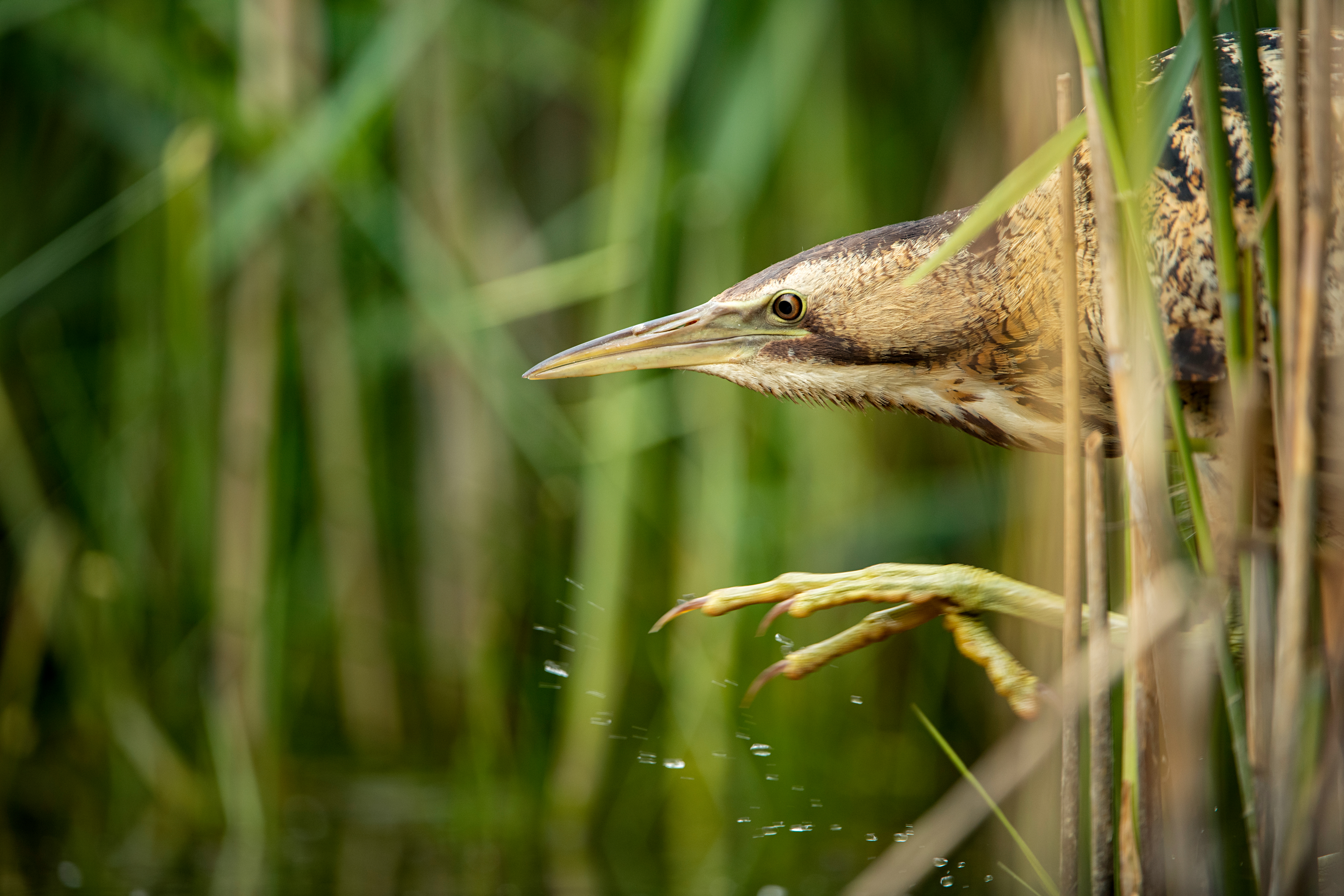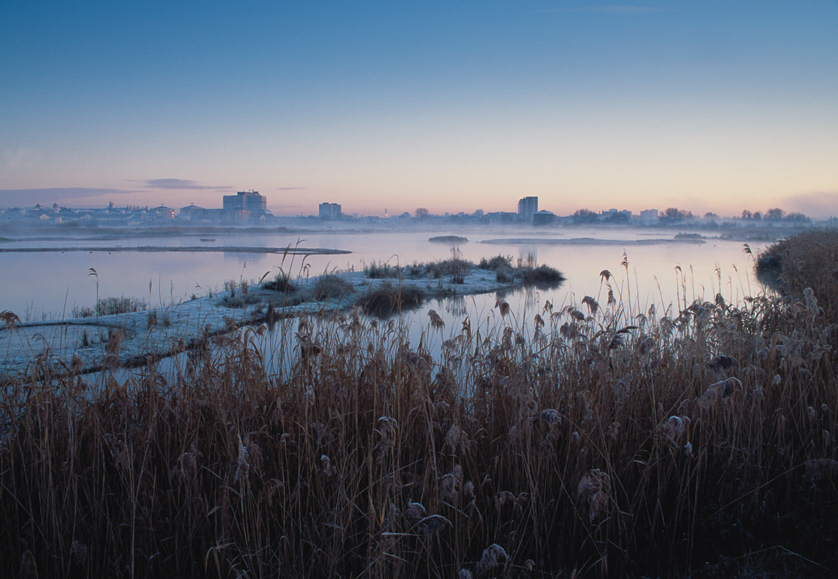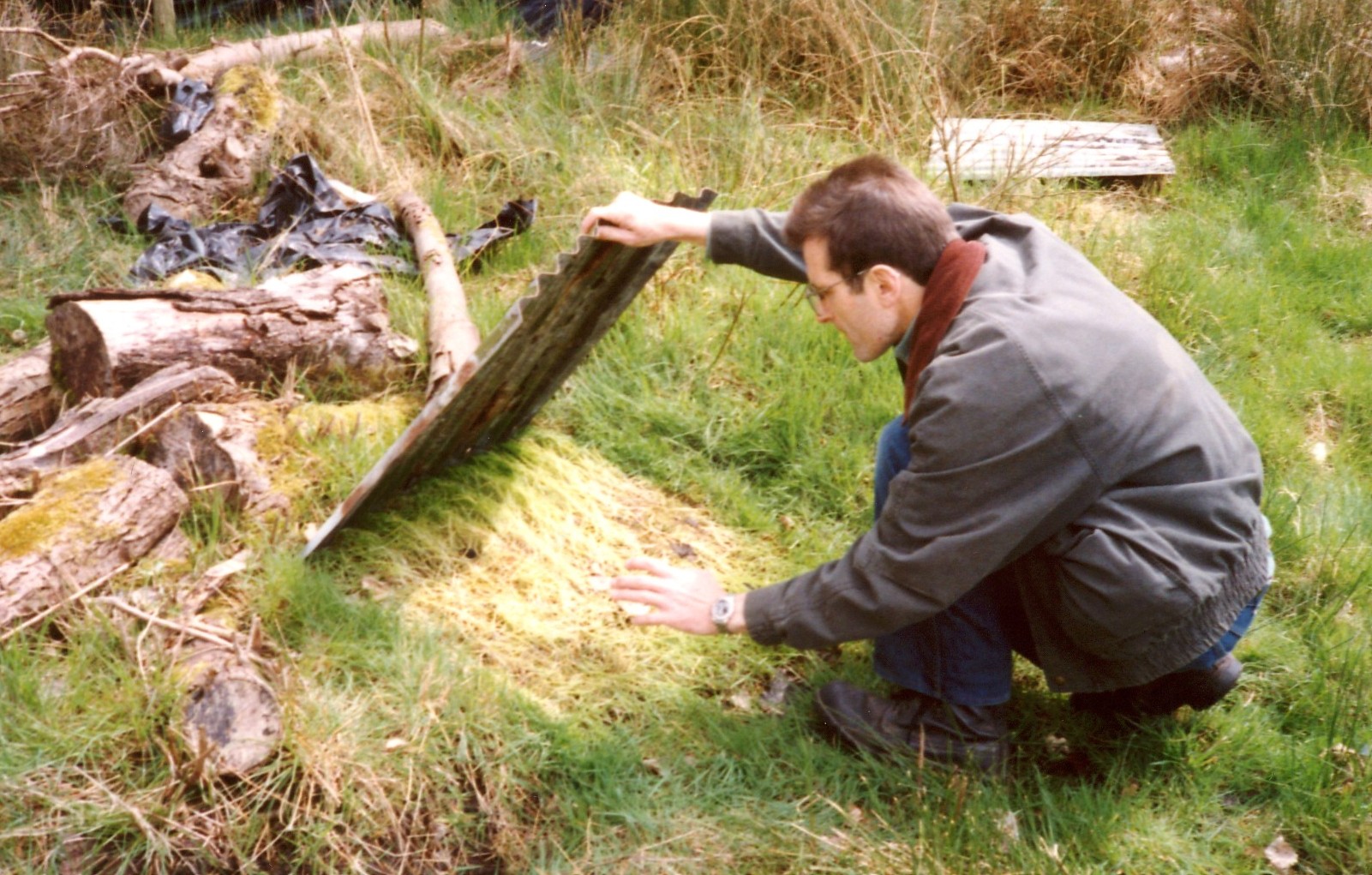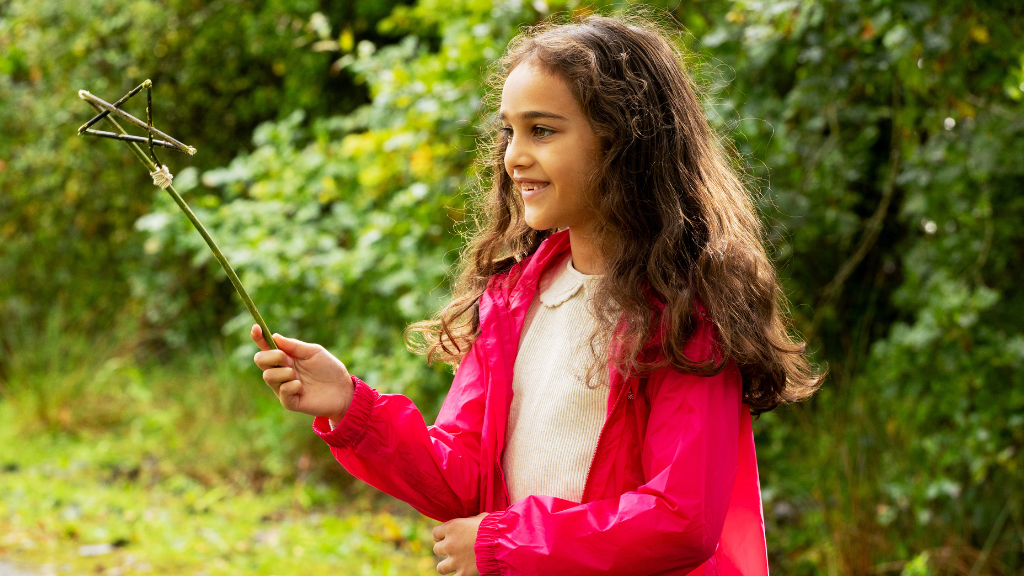Amazing Wetland's Critters
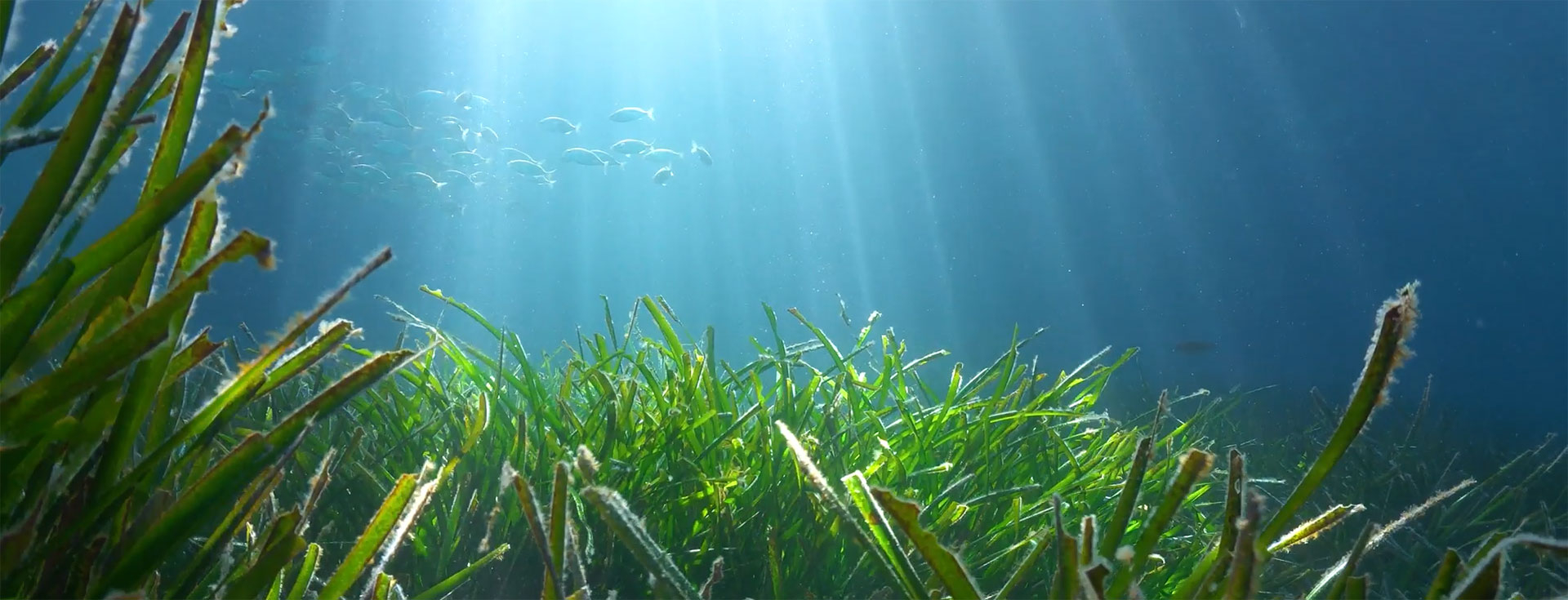
Wetlands provide a habitat for a huge diversity of animals and plants, many of which are found nowhere else. In fact, species diversity in wetlands is so great, there are a fair few species that many people have never heard of.
Here are eight examples of under-the-radar critters often found in Britain’s wetlands.

Eels:
- Although not obvious, eels are a type of fish.
- Their life cycle is, what the kids would describe as, epic! Eels start their lives in the Sargasso Sea, out in the Atlantic. These baby eels (Called Leptocephali) use ocean currents to migrate 4,000 miles back to Europe. They then make their way up rivers, changing as they go to become elvers and then adult eels which spend up to 20 years in our rivers feeding and growing. Once large enough they make their final transformation into silver eels which are able to swim back out to the Sargasso Sea to spawn and start the cycle again.
- That complex life cycle is quite prone to threats like climate change, habitat destruction and pollution etc, so the European eel is now a critically endangered species

Great Raft Spider
- A spider that can literally walk on water! They catch prey close to the surface and use special hairs on their legs to detect movement in the water.
- Very rare in the UK, they are only known at a handful of sites around the country

Leech
- Leeches are close relatives of earthworms
- Many leeches drink blood but there are also a lot of species that hunt and swallow smaller prey, known as “Swallowing leeches.”
- When they suck blood they inject a chemical called hirudin into it to stop it from clotting. This chemical has been used by humans to create medicines. Leeches were also used in medieval times for treating illnesses but this was down to a belief in the power of bleeding patients to rid them of disease.
- Medicinal Leeches are very rare in the UK now – they would traditionally lurk in village ponds and bite the feet of horses being brought to water to drink. Since people stopped using horses for transport and village ponds have been filled in, their habitats have shrunk.

Pond Skater
- Another creature that hunts on the surface tension, using its short front legs to detect the struggles of its prey and its four longer back legs to skate out and catch it.
- The legs have special waterproof hairs on them that help stop them falling through the surface tension. Scientists still can’t work out how they’re able to push themselves forward.
- They’re a type of bug so they feed with their tube-shaped mouth by sucking out the insides of their prey. They inject it with a chemical that turns its body into soup first!

Ramshorn Snail
- Have a simple lung inside the shell so need to come to the surface to take in air to breathe.
- They have red blood, very unusually for snails.
- Their shell is the same shape as an ammonite’s, but they belong to a very different group of molluscs – snails are gastropods, but ammonites were cephalopods, the group that contains octopuses and squid.

Water Boatman
- Two types – greater water boatman, which swims on its back (So also known as a backswimmer) and lesser water boatman, which swim on their front (And there are many species).
- They have hairs around their bottom to help trap air close to the body when they dive underwater.
- The tiny species of lesser water boatman (Micronecta scholtzi) is one of the loudest animals on Earth for its body size.

Water Flea
- Tiny animals of which there can be thousands in a very small amount of water.
- Not like fleas that cats and dogs get – they’re a type of plant-eating crustacean and feed on algae in the water.
- Some species undergo a seasonal change where they grow spikes on their tails and a strange helmet structure. Scientists still have no idea why they do it!

Water Hoglouse
- Part of the recycling service for the pond – hoglice eat waste products that fall to the bottom of the pond, including dead plant matter, dead animals and poo.
- They breathe with gills which are situated in the back end of the body so they can still breathe while they’re feeding in the mud!
Wetlands are essential habitats, playing crucial roles in our environment. They protect our shores from waves, reduce the impacts of floods by soaking up water like a sponge, filtering and purifying it so water quality improves, and they absorb pollutants too.
